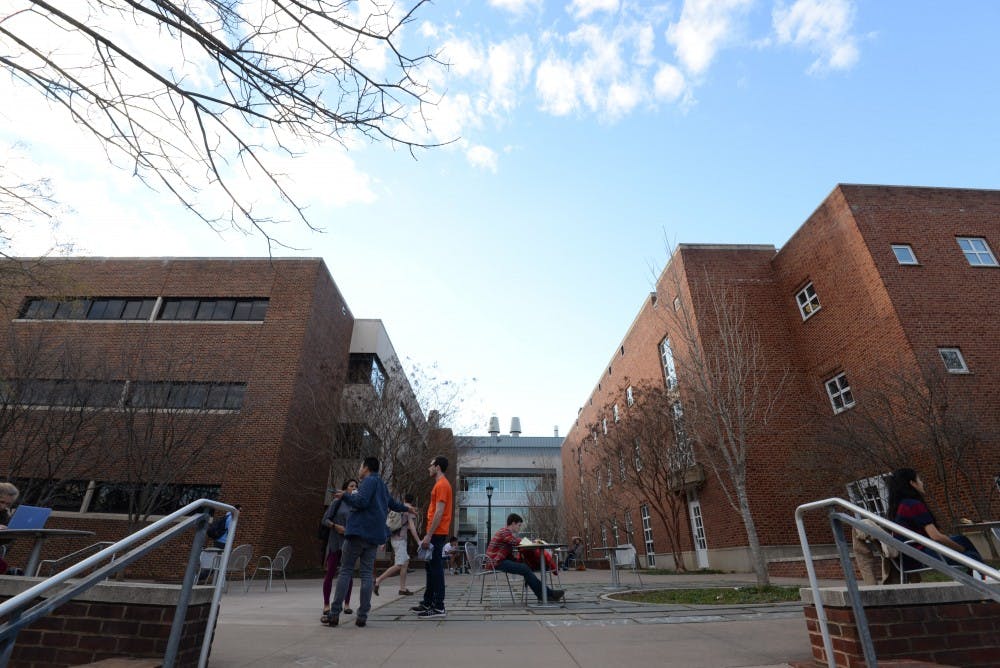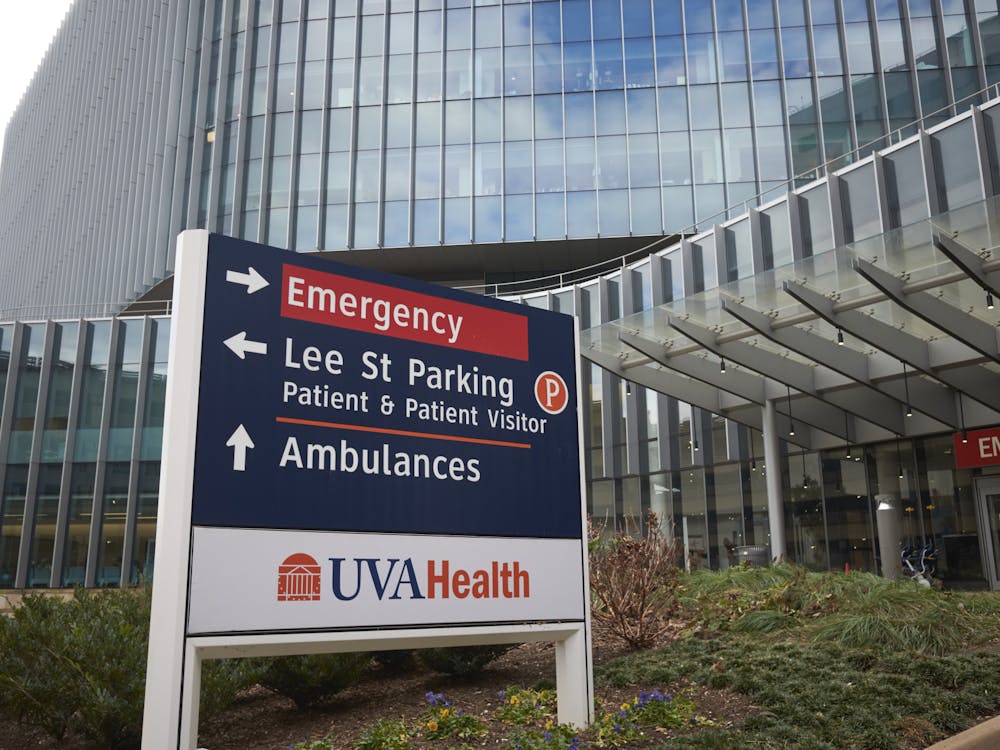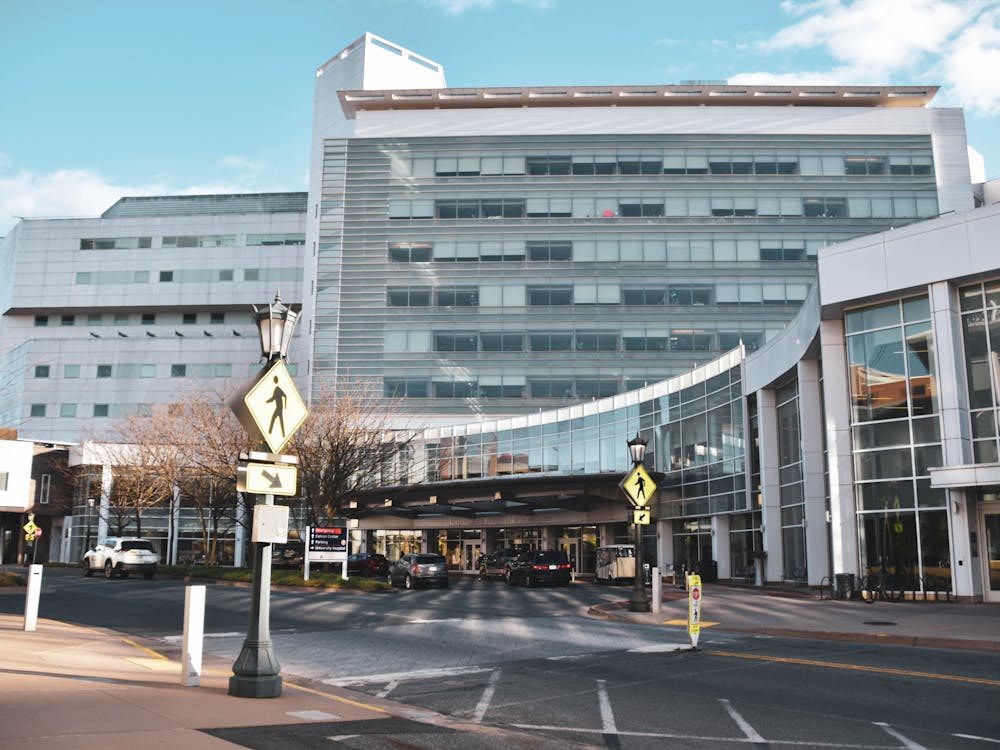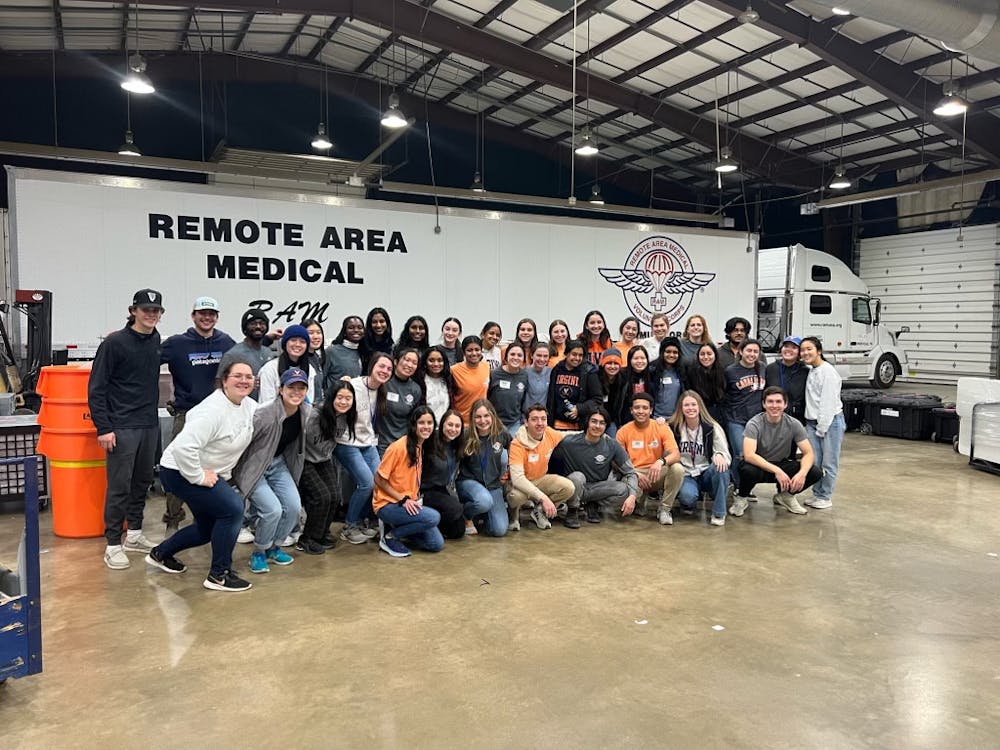The School of Engineering and Applied Science recently received $27.5 million in funding to help solve a growing problem in technology — segregated memory and processing data centers in computers. The Center for Research in Intelligent Storage and Processing in Memory, the program name for the University’s efforts, aims to create integrated memory and processing systems, redesigning traditional hardware and software.
Since 1945, when renowned computer scientist John von Neumann established the basic framework of computer architecture, data storage and processing mechanisms have remained separate. Now, however, processing advancements progress at a much greater speed than ones for data memory and transfer. This so-called “memory wall” has created a bottleneck, as processors mine data faster than it can be stored and delivered for analysis. In other words, because processors work at a higher speed than memory centers and circuits, they sit idle as they wait for more data to be retrieved from storage.
“It is increasingly inefficient for processors to actually get to the data that they’re computing on,” said Kevin Skadron, chair of the Department of Computer Science and the head of CRISP. “Our goal is to attack this bottleneck and tightly integrate the processing and the data. That means tightly integrating the memory, the processors [and] the physical storage.”
Skadron also commented on the widespread implications of CRISP, citing real-world applications such as mining genetic data for cancer markers, currently hindered by the inability to quickly transfer large packets of data for processing.
“We’re using several applications, you know really big data, grand-challenge type of applications to help guide our research and make sure that the solutions we come up with are really effective,” Skadron said. “This is going to be relevant for any data-intensive application, where accessing the data becomes a bottleneck, so really the whole space of what you might consider big data computing — big data in medicine, business analytics [and] national security, etc.”
CRISP is part of a larger initiative spearheaded by the Semiconductor Research Consortium, which brings together universities, technology companies and government agencies to tackle some of the most pressing technological issues of today. The Joint University Microelectronics Program, a program within the SRC, received numerous proposals for virtual centers to examine critical microelectronics challenges in 2017, but selected only the six top universities — including the University — for a portion of the $200 million dollar award.
Over the next five years, the University will look to test various hardware and software strategies in order to eliminate the barriers between memory and processing functions, destroying the memory wall that causes the delay between data storage and evaluation.
“The center will really be looking to ‘pull the computers back,’ we call it, all of the different layers to make sure that not only do we come up with good hardware solutions, but that we come up with new software support so that it doesn’t get harder for programmers to write their code,” Skadron said. “Identifying the most promising computer architecture is really an essential first step, because so much else depends on which directions that looks likely to go.”
Mircea Stan, a professor of Electrical and Computer Engineering with extensive experience in constructing energy-efficient 3-D chips and circuits, will focus primarily on the physical components of CRISP’s new approach.
“The impact, if we are successful, is that you are going to have computers work faster and more efficiently, while at the same time consuming less energy and generating less heat,” Stan said. “...By raising the memory wall that’s inherent in the way computers are designed and built now-a-days, the goal is really to bring memory and processing closer together in both a physical sense, but especially in a logical way. That way, there isn’t such a fixed demarcation.”
In addition, students will have opportunities to participate in CRISP. The grant will fund approximately 12 new doctoral students and provide content for research and classes on both the graduate and undergraduate levels. Craig Benson, dean of the Department of Engineering, emphasized the importance of faculty and students working as a team on the project as well as its scope.
“With our faculty and our students, we are right in the middle of developing this next generation of knowledge and technology for this area, which is in the center of everything we do today,” Benson said. “Our students and our faculty are going to be responsible for developing that science that drives the future of the technology.”





